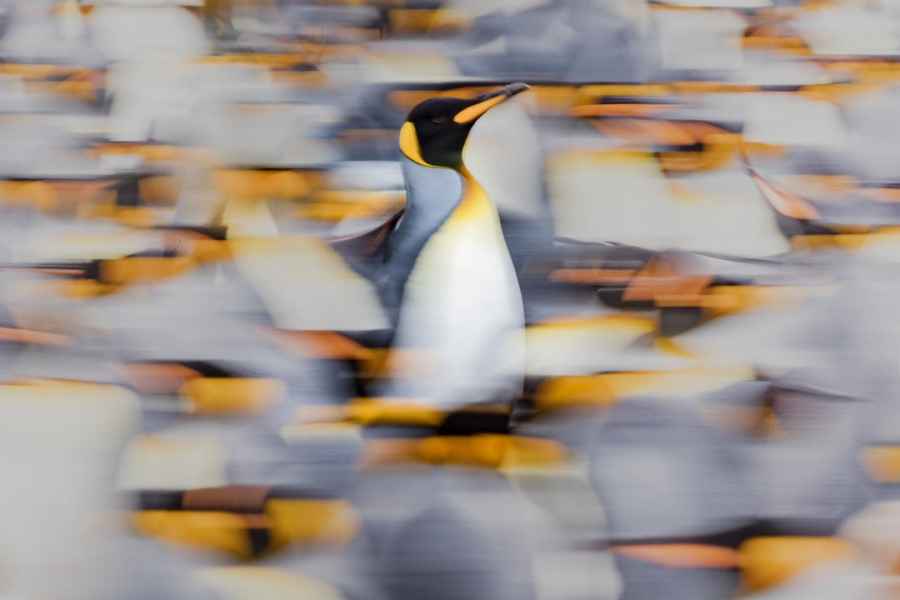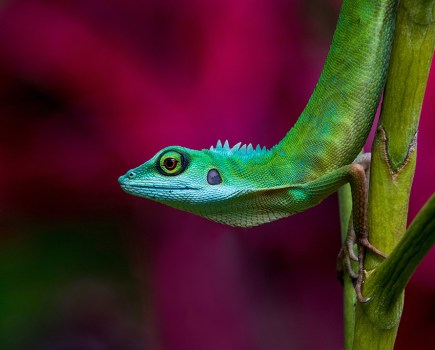One of the biggest attractions at this year’s Photography Show at the NEC was the talk that Chris Packham gave at the Canon stand. Visitors to the stage spilled out beyond the seats and into the walkways. Fair to say, he’s come a long way from somebody who was initially encouraged to pursue other interests…
As a teenager trying to decide what to do with his life, Chris naturally gravitated towards science and art – especially since his mother used to take him to art galleries. His ambitions towards photography were put on hold after his father had seen the iconic film “Blow Up” and decided that a career in photography would be a “waste of my life” and steered him instead towards science subjects.
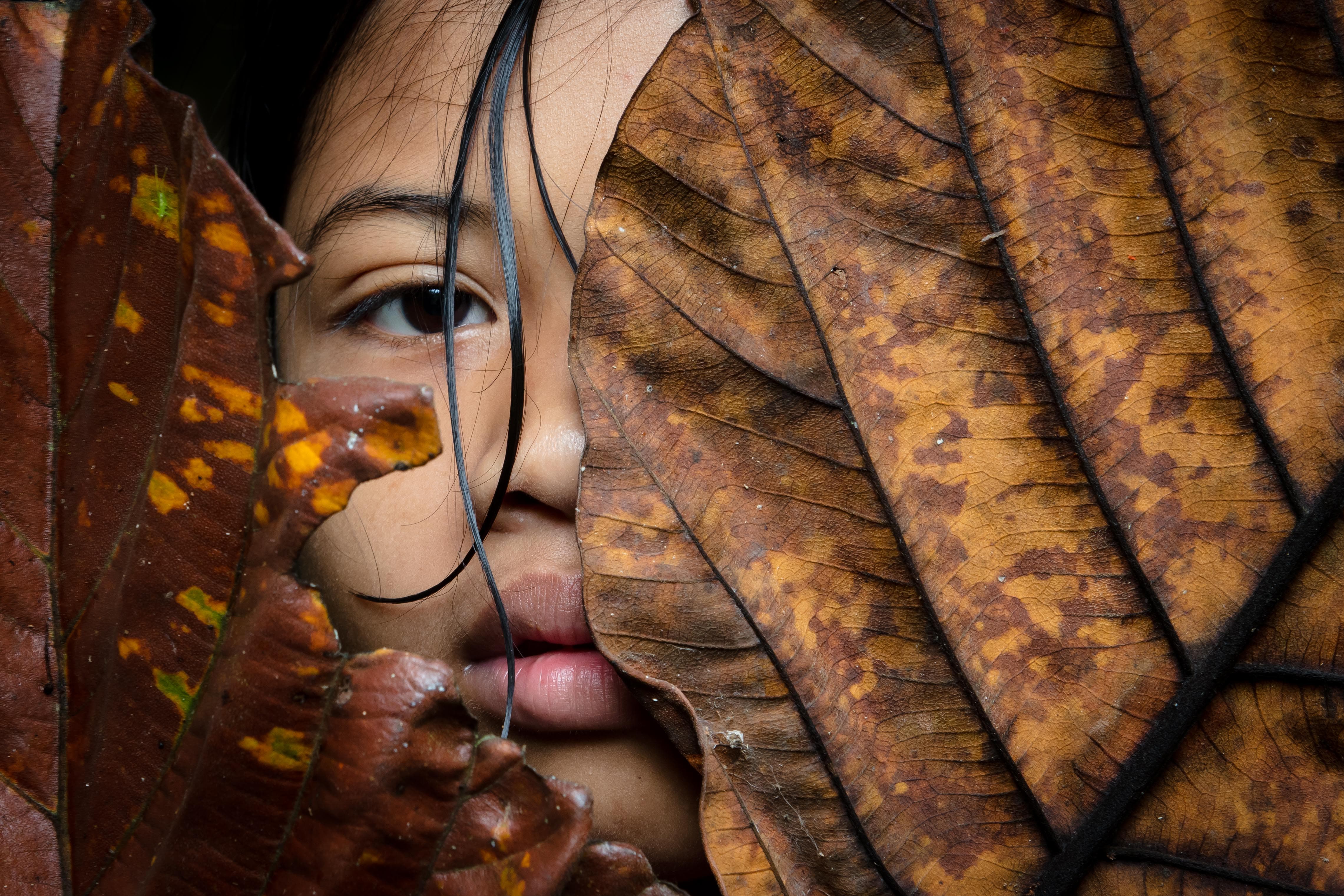
© Chris Packham
The passion for photography never died though, with a trip to France, where Chris shot 36 rolls of film – shot on a Canon A-1 – but came away with just two images he was pleased with really sparking the fuse. “It was an appalling hit rate, but those two pictures were so exciting to me that it spurred me on to do more,” he says.
Now, naturally, he concentrates his efforts on wildlife photography. Despite having interests in other genres, he believes his unique set of skills means he’s better off sticking with what he knows. “Understanding animals is a definite advantage, which is why I stick with wildlife [photography] rather than other genres,” he explains. “Understanding where to go, when to go, how to get close to the animals gives me an advantage – so I stick to what I know.”
In order to make the most of any shooting opportunity, Chris extensively researches existing images of animals he’s about to photograph. “I constantly cut things out of magazines and books, a bit like Pinterest, except I do it physically. I try and absorb some of those photographs, without imitating them.”
Enormous privileges
Chris also spends a lot of time online looking at images, “so that when I get there, my mind is already in that zone.” Some of his recent penguin images (such as those seen in this post) were shot in Antarctica, a place he describes as an enormous privilege to visit – and the reason why he wants to make the most of the time he has in that particular location.
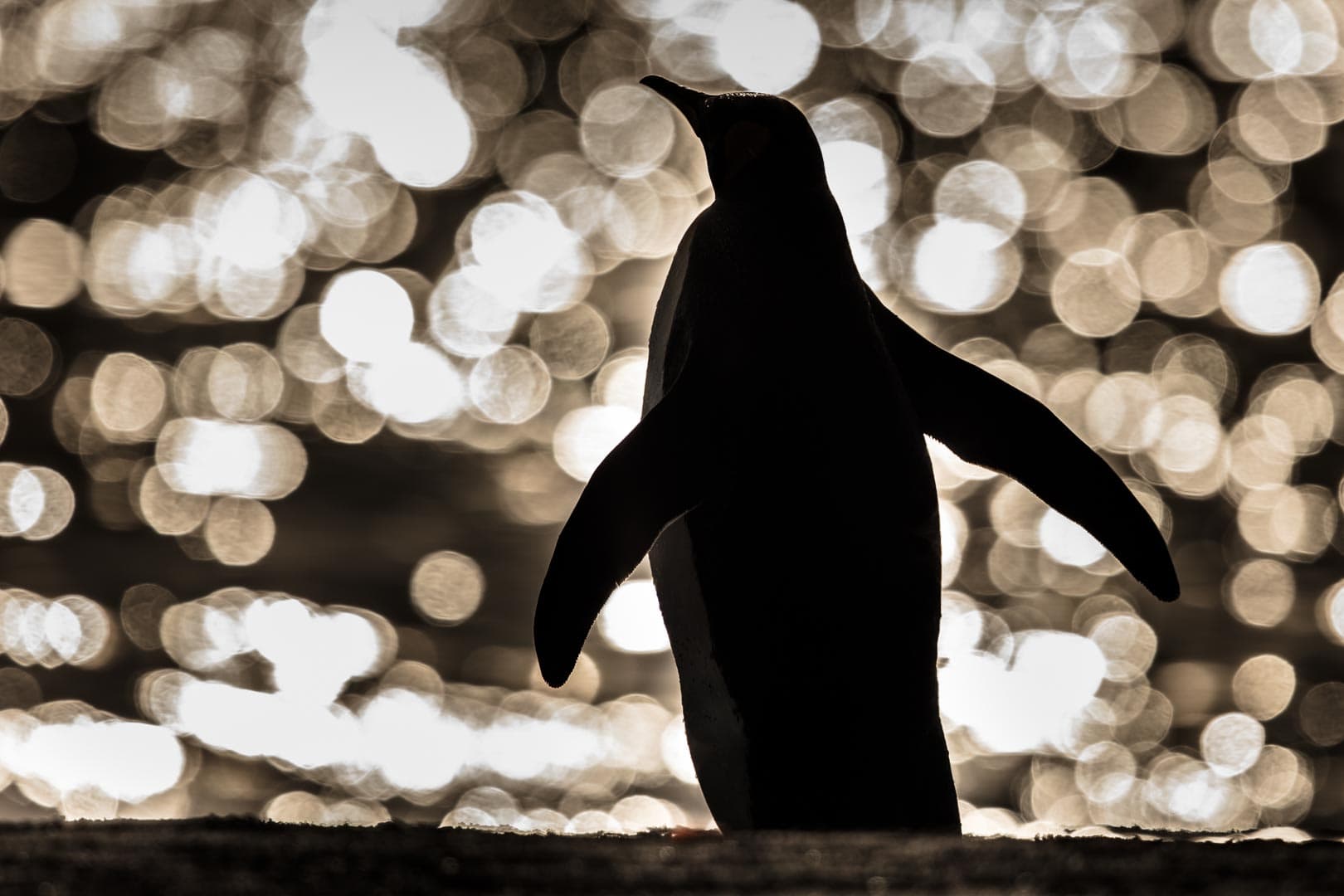
© Chris Packham
Liking as much control as possible, Chris will often use restrictions to keep his mind focused. For example, at home, he might photograph one particular insect over a 50 metre section of a like – using just two lenses. “For me that prevents distractions, getting to know the environment means that to some extent, I can ‘control’ it.”
At the Photography Show, Chris gave a talk on his use of the Canon EOS 5DSR. This is not a camera, which is particularly thought of as being primed for wildlife photography. Most wildlife photographers will gravitate towards cameras such as the Canon EOS 1DX Mark II, which with a fast frame rate is more suited towards capturing moments in wildlife photography. However, with a huge 50 megapixel resolution, the Canon EOS 5DSR has other advantages – such as the ability to crop closely into an image after you’ve taken it and still have a high enough resolution for print.
“I’m using it for something that it’s not designed to do,” he says, “But I like that fact, I like that there are certain things I can’t do.”
Shooting techniques
When it comes to technique, Chris favours aperture priority mode and manual focus – another unusual approach to wildlife photography. “I use aperture priority just to give me a starting point, and I check the histogram – not religiously – just to get a feel for what’s there.”
A little wary of the overwhelming nature of Photoshop, Chris sticks mainly with Lightroom for what he describes as “light edits”. Having been on the receiving end of “so much grief” after creating composite shots and the like in Photoshop, it’s not something he tends to do so much nowadays. He’s not averse to capturing multiple exposures in camera though, as shown to great effect in this penguin shot below. He also sees no problem in adjusting images in post-production to get the perfect shot, “Once I have the image, it’s all about making perfection. I think so long as you’re honest about [making edits], then it’s up to other people to make their own judgements.”
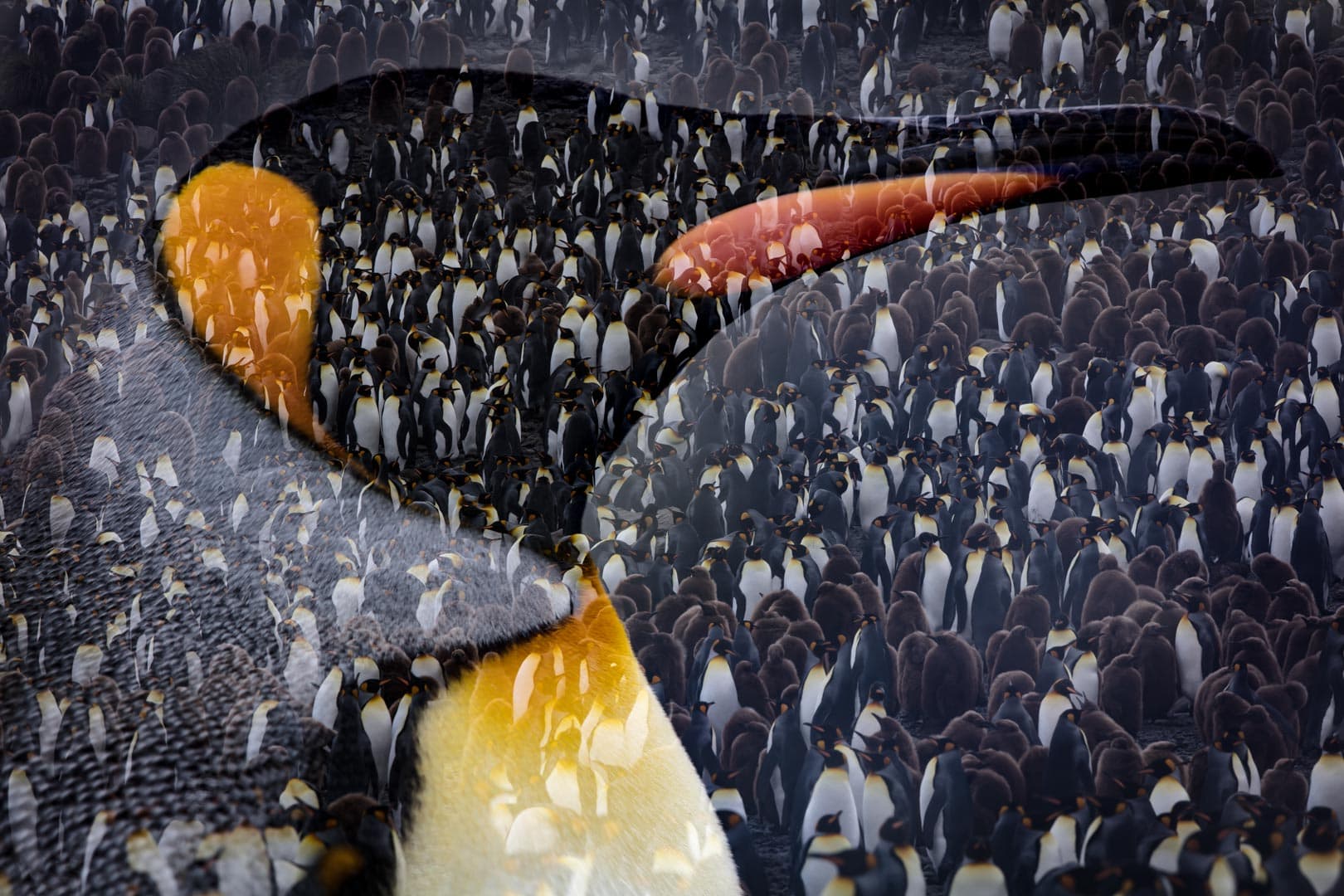
© Chris Packham
As you might expect, Chris is big on the ethics of the companies he chooses to work with. After discovering links to so-called “trophy hunters” from many of the binocular manufacturers he previously used, he has switched allegiance to Canon, whom is keen to promote conservation efforts. “I researched this, as I research everything related to this sort of topic,” he explains.
He’s also mindful of fellow photographers going too far in order to get the best shot possible, putting animals in distress. “I get very cross with photographers who haven’t invested enough time to plan.” Despite this, he still believes it’s important for more people to enter the genre, so long as people as mindful. “We just have to talk about behaviour and responsibility, it’s essential that more get into wildlife photography, but at the same time they have to accept that there are responsibilities.”
Inspirations
Inspired all the time by fellow wildlife and nature photographers, such as Andy Rouse, Markus Varesvuo and Terje Kolaas, Chris says the quality of wildlife photography has increased immensely since he started taking photos. “Some of the photos you see today wouldn’t have been taken 30 years ago – but that’s good because it keeps the standard high.”
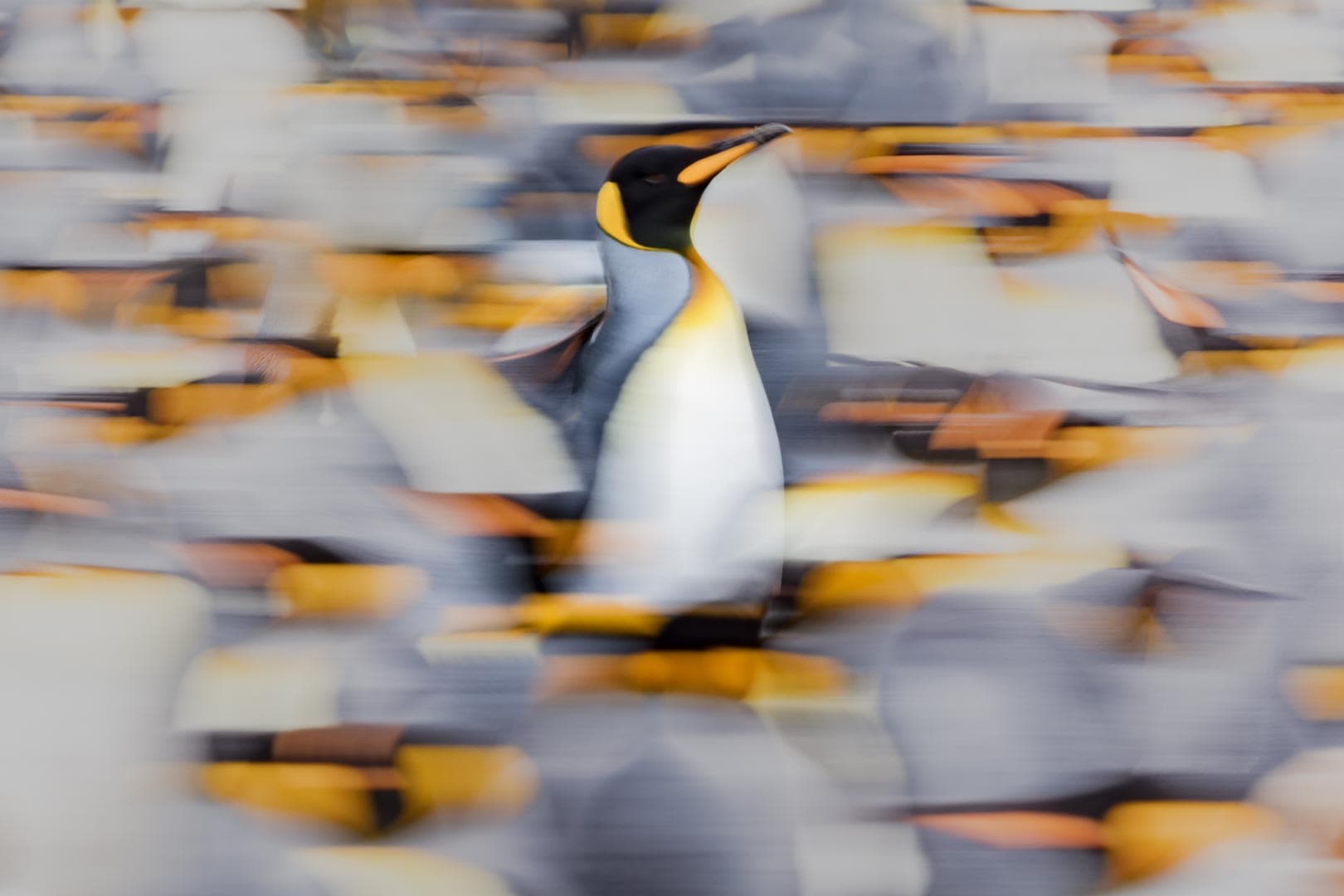
© Chris Packham
Unsurprisingly for a perfectionist, Chris says he’s never really happy with any of his own photos, and in fact has none on his wall, but it’s this constant strive to get better which motivates him to continue with photographer. During Chris’ talk at the show, he spoke of being contacted by Andy Rouse, who told him he had the ‘perfect’ image of a tiger. His response – “I told him he should put his camera gear in the bath and turn the taps on, as if it is so perfect, what’s the point of carrying on with photography?
“I want to improve my photography skills for as long as I live, because then I have something to do. I like when there is still progress to be made, rather than standing on a podium saying I’ve done everything I can.”
You can see more of Chris’ work at his website, chrispackhamphotos.co.uk

